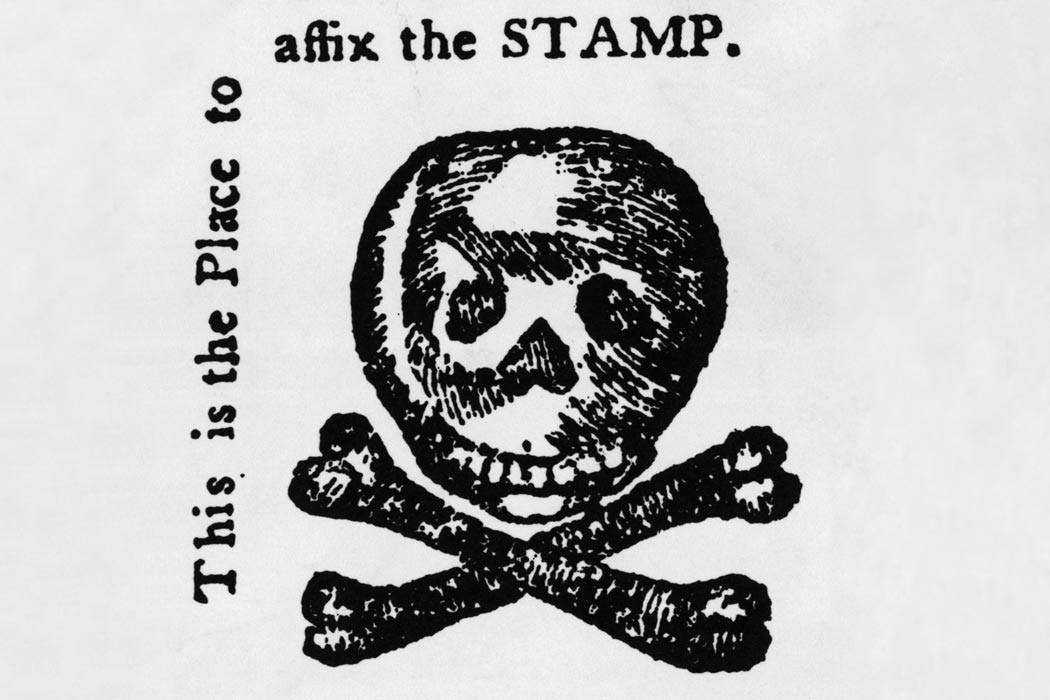The Stamp Act of 1765 celebrates its inglorious 250th anniversary this year. The Act of the British Parliament was supposed to tax virtually all transactions in the “British colonies and plantations in America” by decreeing that paper needed to be embossed with a revenue stamp. It received the King’s assent on April 22, 1765 and was to go into effect on November 1 of that year, by which time it was utterly unenforceable in the colonies. The crisis generated by the Stamp Act was the lighting of the fuse of the American Revolution.
This month, the Library of America is publishing a two-volume set documenting the impassioned pamphlet debate on both sides of the Atlantic over taxation without representation. Pamphlets were the social media of the day; this rich collection of primary documents goes hand-in-hand with the broad spectrum of analyses found in the JSTOR archives
Mack Thompson, for one, thinks the British were encouraged by the Massachusetts (1755) and New York (1756) stamp acts, earlier efforts to raise revenue in those colonies. Printers and newspapers disliked these taxes, for obvious reasons, but, in general, most people disliked the excise tax on liquor even more. Thompson argues that there wasn’t much popular protest against these stamp acts, which were soon ended anyway. The British took note and assumed what was past was prologue.
Todd Thompson explores Benjamin Franklin’s use of irony and “satiric nationalism” while representing the colonies in London. Franklin wrote to the papers while posing as an Englishman to make the case that English nationalism threatened the mutual British-ness of both home country and colonies. It was, interestingly, the colonialists’ enemies who first defined the “Americans” as others. Franklin would ultimately stand in Parliament to speak for the repeal of the act — it was finally repealed in March of 1766, but the damage had been done.
The resistance to the Stamp Act came in many forms. Thomas W. Ramsbey views one of these, the revolutionary conspiracy known as the Sons of Liberty, through a sociological prism. The Sons, the only major pan-colonial organization, was highly efficient in forcing all officials charged with implementing the Act in the colonies to resign. Ramsey’s Revolution 101: “Opposition alone, however, is not adequate to explain resistance. The organizational component is missing.” A lesson that remains timeless.







